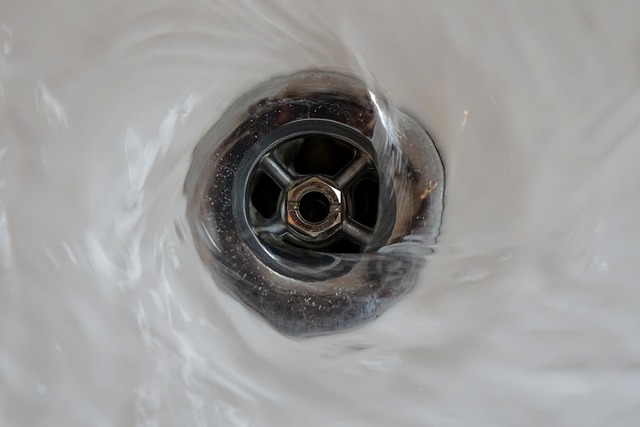How a Dehumidifier Protects Your Home from Excess Moisture
A dehumidifier is an appliance designed to remove excess moisture from indoor air, helping to maintain comfortable and safe humidity levels. By extracting water vapor, a dehumidifier can reduce condensation on windows, slow the growth of mold and mildew, and limit musty odors. Understanding how these devices work and where to use them can help homeowners manage indoor air quality and protect building materials and belongings from moisture-related damage.

What is a dehumidifier?
A dehumidifier is a mechanical device that lowers relative humidity by removing water vapor from the air. Common types include refrigerant (compressor) models that cool coils to condense moisture, and desiccant models that use moisture-absorbing materials. Units range from small portable devices for single rooms to whole-house systems integrated with HVAC. Capacity is often specified as pints or liters of water removed per day; selecting an appropriate capacity depends on room size and baseline humidity.
How does a dehumidifier help a home?
Keeping indoor humidity in check benefits the home’s structure and comfort. Excess humidity can lead to condensation on windows, peeling paint, warped wood, and accelerated corrosion of metals. By maintaining a balanced humidity level, a dehumidifier reduces the risk of such damage and helps preserve insulation, finishes, and stored items. Using a dehumidifier can also complement ventilation and heating strategies to create a more stable indoor environment.
How does a dehumidifier control moisture?
Dehumidifiers control moisture by lowering the amount of water vapor in the air until relative humidity reaches a set target. Most units include a built-in humidistat that measures current humidity and switches the machine on or off accordingly. This targeted operation prevents over-drying while maintaining a comfortable range. Properly sized and placed units remove moisture more efficiently, stopping conditions that favor dust mites, mold spores, and lingering damp smells.
What level of humidity is appropriate?
Comfortable and safe indoor relative humidity typically falls between about 30% and 50%, though ideal levels vary with climate and personal preference. Levels higher than this range increase the likelihood of mold growth and condensation; lower levels can cause dry skin and discomfort. This article is for informational purposes only and should not be considered medical advice. Please consult a qualified healthcare professional for personalized guidance and treatment.
How does a dehumidifier remove water?
Refrigerant dehumidifiers pass humid air over cool coils; water vapor condenses into liquid and drains into a tank or through a hose to a drain. Desiccant units draw air through a moisture-absorbing material and later release the collected water during a regeneration cycle. Many portable units offer automatic shutoff when the internal tank is full, or continuous drain options for long-term operation. Regular emptying or setting up a drain hose keeps a unit running without interruption.
Maintenance and energy use for dehumidifiers
Routine maintenance keeps performance steady and energy use reasonable. Clean or replace air filters as recommended, wipe coils and collection pans, and inspect drain lines for clogs. Position the unit to allow proper airflow and minimize obstructions. Energy consumption varies by capacity and runtime; units with efficient compressors and adjustable humidistats tend to use less electricity. For prolonged use, look for energy-saving features and follow manufacturer guidelines to balance indoor humidity control with operating costs.
Conclusion
A dehumidifier is a practical tool for managing indoor humidity, protecting a home from moisture-related issues, and improving comfort. Selecting the right type and capacity, placing units thoughtfully, and following regular maintenance practices will make dehumidification more effective. Understanding how dehumidifiers remove water and control moisture helps homeowners create a healthier, more stable indoor environment.





